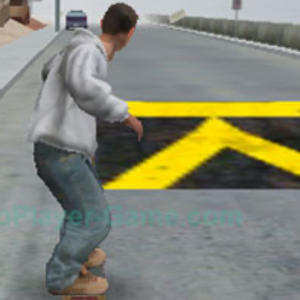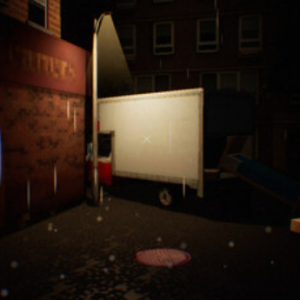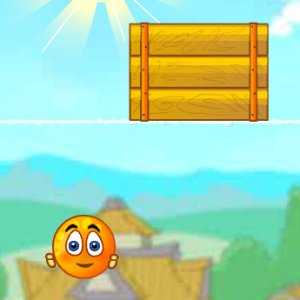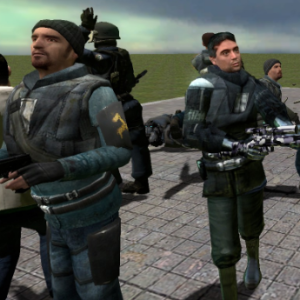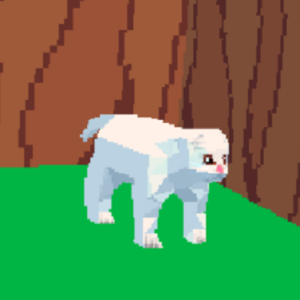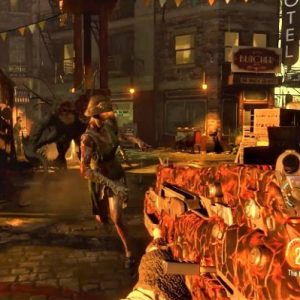Similiar games
Rainbow Gate presents a first-person experience set inside a derelict amusement park that has remained untouched since its shutdown. As the player enters the grounds, the park feels frozen in time: rides stand motionless, pathways are covered in debris, and control booths hold scattered documents left behind by former staff. The game encourages slow-paced exploration rather than constant danger, letting players learn about the park through abandoned workspaces, malfunctioning devices and forgotten storage rooms. With no crowds, music or lights, every empty location becomes an opportunity to uncover something the public never saw.
Exploration And Environmental Navigation
In Rainbow Gate movement is simple and direct, allowing players to explore the park’s layout freely. Each attraction is connected by corridors, employee tunnels or outdoor routes that reveal how the park once operated. Players examine control panels, inspect equipment and search for items that might unlock doors or re-enable limited systems. Because there are no objective markers, progress depends on recognizing patterns in the environment. This makes navigation feel grounded, as players learn to rely on memory and observation instead of external guidance.
A typical progression loop may include:
- entering a themed attraction or service aisle
- searching for switches, keys or clues
- reading notes or examining props left behind
- activating a mechanism to access a new area
- avoiding hazards that appear after certain triggers
This loop keeps the pace steady and rewards careful exploration.
Mechanical Hazards And Tension
Although the park is silent, some machinery still functions unpredictably. Certain animatronic figures move on incomplete power cycles, reacting to noise or proximity. Rainbow Gate does not use combat mechanics; instead, players must avoid these hazards through timing and positioning. Ducking behind objects, waiting for movement patterns or choosing alternate routes becomes essential. These encounters are designed to create tension without overwhelming the player, allowing the environment itself to remain the main focus rather than constant danger.
Visual Storytelling And Sound Design
The visual presentation of Rainbow Gate relies on worn structures, faded colors and broken attractions that reveal the park’s decline. Every scene contains clues: old event posters, discarded uniforms, malfunctioning lights or equipment stored in disorganized piles. Sound design reinforces these elements through distant clanks, humming electricity, or the faint echo of machinery restarting briefly before shutting down again. These details suggest a world that has not fully turned off, adding to the park’s eerie stillness.



